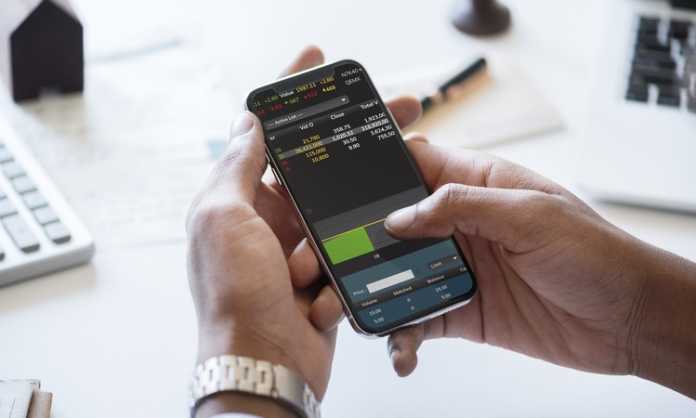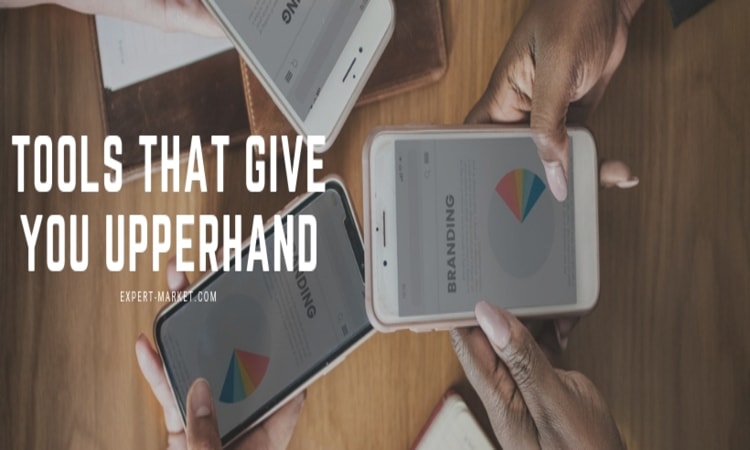The fact that tools help us increase our productivity levels and improve our professional performed is already very well established. After all, the evolution of the human race can be traced in tandem with the development of newer and better tools – we created tools to hunt and gather food, we discovered fire to make food edible and scare off predators, and we invented various methods of communication to make our lives easier.
The forex market is a complex beast filled with intricacies and unexpected events, so as a trader, your job is to foresee emerging trends and exploit them to your advantage. But for that, you will need a few trusty tools at your disposal. Here are a few trading analysis tools to test before launching into the market.
Technical, Fundamental and Weekend Analysis
Before choosing any sort of tool, it is wise to familiarize yourself with the differences between the types of analysis used by forex traders. Generally speaking, there are three types of analyses: technical, fundamental and weekend (or sentimental). While the tools from this article and most of the software available are catered strictly towards technical analysis, it is still a good idea to familiarize yourself with them:
Fundamental analysis focuses on analyzing shifts in the forex market by monitoring factors such as gross domestic product, unemployment rates, interest rates and economic data in general to spot emerging currency patterns. You can use this data to decide which currencies are worth pairing and what combinations should be avoided.
Technical analysis is based on manual and automated systems., analyzing technical indicators and interpreting the data to confirm your hypothesis.
Weekend analysis is a more ‘’thinking out of the box’’ approach than others because it is used to set trading plans during the end of the week, when the markets are closed and there is not much activity.
Tools that Measure Volatility
Forex volatility tools help traders trace the average evolution of a currency pair on a set period, whether in minutes, hours, days or weeks. Furthermore, volatility tools provide insight into how a currency pair might react to certain situations in a particular context. You can use this information to determine if a trade is worth doing.
For example, a great volatility tool is Oanda’s Value and Risk Calculator, which helps traders asses risk and see how much prices shift in a predetermined timeframe.
Another way to test the volatility of the market is by using a Forex simulator. A Forex Simulator is a tool that, by using a series of algorithms, generates a live trading session, along with the market patterns and shifts that might influence trading decisions.
Forex Position Summaries
In Forex, information is power, and one of the things that will help you succeed is seeing how clients and other traders are positioned in relation to a trade – long or short. Seeing how other clients are positioned (for instance, 30 % long and 70 % short) can give you a rough idea of how this ratio may affect value fluctuations short term and long term.
Using this data, traders can decide whether they will exit the position at a loss or a profit. Tools such as Oanda.com, Myfxbook.net and Mataf.net are all perfect for this purpose, as they provide all types of useful graphs, indexes and correlation tables.
Forex Charting Software
Reliable charting tools can help you anticipate factors that might not be so evident by looking at the data. These aspects are revealed by analyzing the indicators, which are statistics and overlays that reflect different realities of the market. The most common indicators used by Forex professionals are the following:
The Stochastic RSI. At its core, it consists of a series of cyclical patterns that the market tends to follow. Using such data can help you determine how you stand in relation with other clients and what risk management strategies to apply in order to best them. George Soros, for example, has a strong appreciation of risk/reward, reason for which he went down as the most successful forex trader in history.
Bollinger bands function the same as the Stochastic RSI, the only difference being that it uses a formulaic method patented by the tool’s founder, John Bollinger, back in the 1980’s.
Economic Calendar
While economic calendars are based more on fundamental analysis methods than technical, they are still useful to have. The fundamental announcements (or Fundys) that we have covered in the first entry of this article are huge events that shed light into a country’s economic state.
Since the quality of certain currency pairings are highly dependent on each country’s economic standing, you always have to be up to date with these events if you hope to develop a clever trading strategy.
Session Highlighter Tools
Since the forex market works in a 24-hour cycle, there is always a major market open somewhere. For instance, the first market to open is Europe, then New York, Sidney, Tokyo, with London opening again before Tokyo is preparing to close.
Each of these markets vary in size and volume of activity, and a session highlighter automatically draws lines of price charts in a set period and offers indicators and useful information specific to said sessions. You can use these factors to draw a historical perspective of the markets and develop your strategy accordingly.
Conclusion
Apart from business savviness and a keen understanding of how markets work, every forex trader needs a few useful tools at their disposal to increase their productivity and efficiency.
If you are looking to break into the market but you do not know which tools you should pick, make sure to play around with the tools highlighted in this article and will have an easier time when you decide to give forex a try.





























